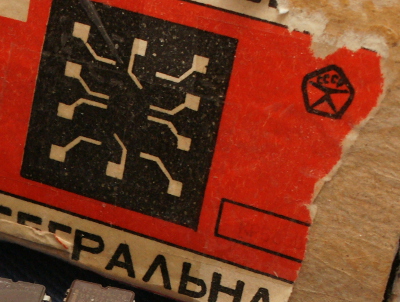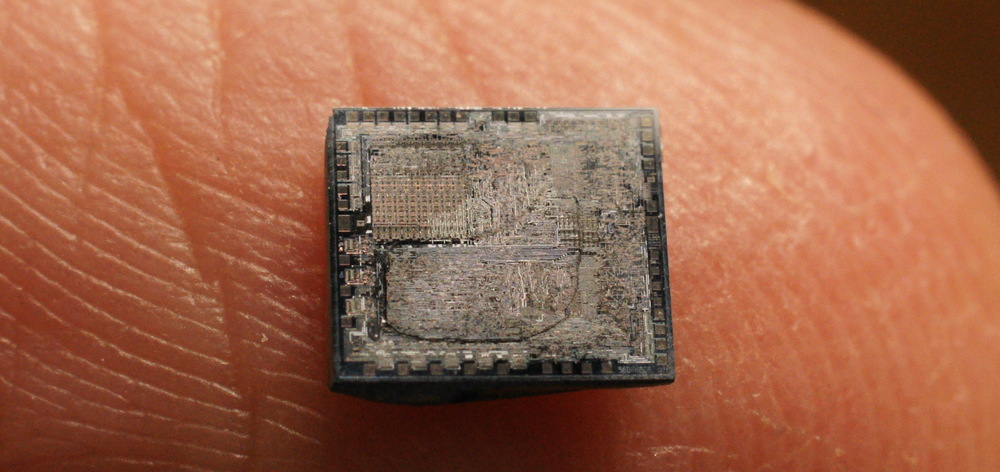Reverse Engineering KR580VM80A / i8080 completed
 I am glad to announce that the reverse engineering KR580VM80A is fully completed. A complete schematic diagram and a Verilog model were obtained. In an incredibly short time, the Vslav 1801BM1 ( 1801BM1@gmail.com ) restored the scheme.
I am glad to announce that the reverse engineering KR580VM80A is fully completed. A complete schematic diagram and a Verilog model were obtained. In an incredibly short time, the Vslav 1801BM1 ( 1801BM1@gmail.com ) restored the scheme.It turned out that KR580VM80A has exactly 4758 transistors (and not 6000 or 4500, as is sometimes mistakenly mentioned).
The topology of the KR580BM80A is similar, but not identical to the i8080. However, there were no differences in the implementation of opcode KP580VM80A.
')
Verilog-model successfully passed the furious test of simulation quality both as Verilog-model and as FPGA replacing the real 58080 in the " Specialist ".
Files : Main model Verilog , scheme , Full package of files .
Why, and now what to do with it?
Personally, I have a lot to do with this processor - it was he who stood in my first computer Orion-128 . Three years ago, I also started to open the chips with this processor: after 3 days of torment with acid, all that was possible to get then - this is the picture:
In addition to the final decision on the issue of “secret teams” and perfectionist simulators, now you can put the FPGA model in real hardware, or drive a whole computer on this processor to FPGA (and even at 50-100 MHz), add your commands on the unused opcodes. And can someone make a quad-core KR580VM80A? Everything is limited only by the flight of fancy ...
Crystal abstract:
Now it has become clear what part of the crystal is responsible for what. Photos without markup here .
Further plans include the restoration of the 1801BM1 1801BM1 circuit ; work is under way to restore the 1818BG93 disk controller circuit . Well, in the future - the forces of the whole world are going to Intel 80386DX (a couple more early are needed, 12-16 MHz, not higher) ... I am also looking for where to find the 5801 processors, the Soviet deuce (I saw rumors somewhere that somewhere in the form of prototypes with very little yield). If this or something else you have interesting - write :-)
Source: https://habr.com/ru/post/249613/
All Articles